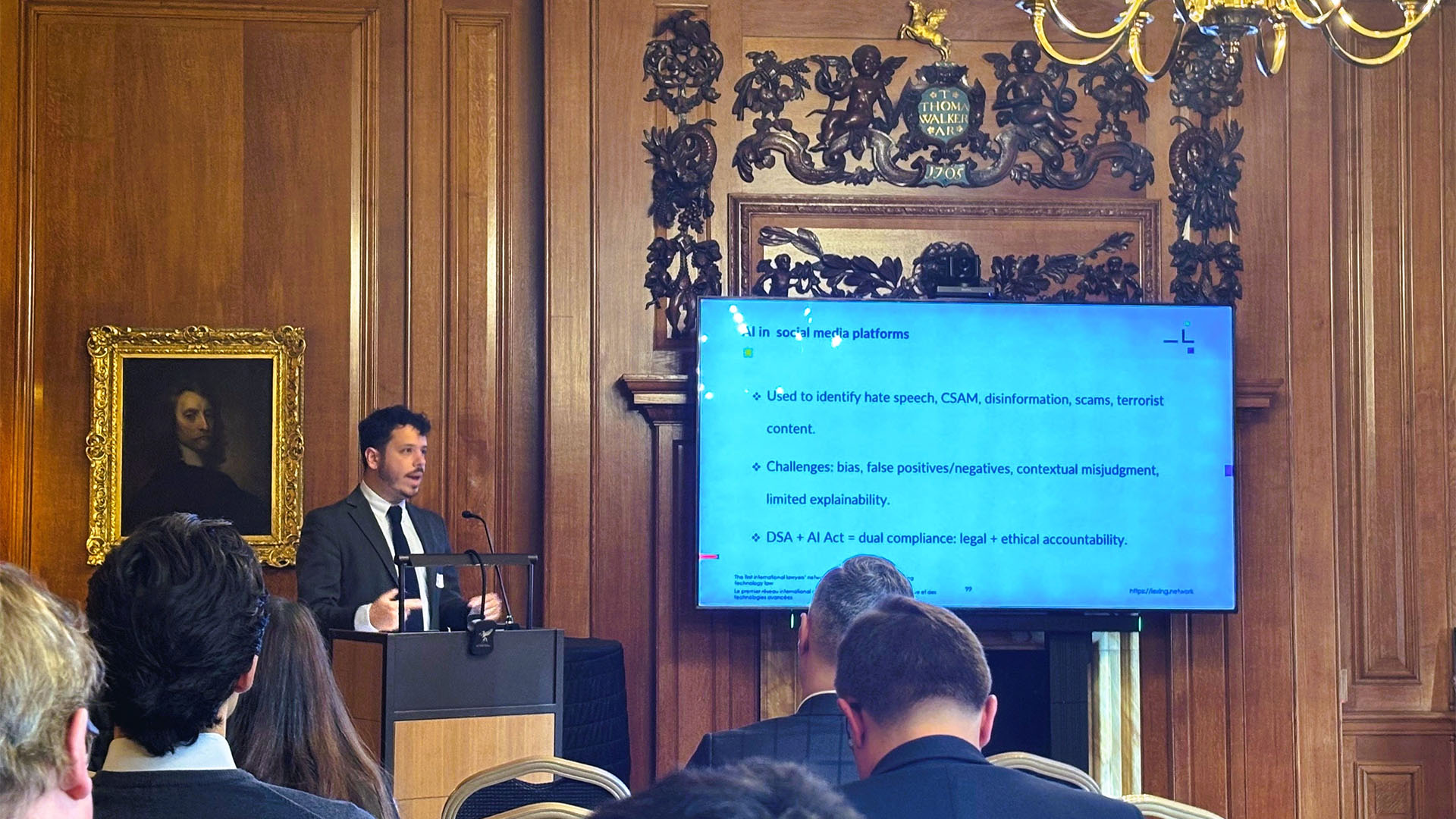An input on “Syn-ergasia” labor mechanism
According to declarations made by the Minister of Labor, the new labor mechanism “Syn-ergasia”, soon-to-be introduced by virtue of the relevant legislation, is funded by a program up to €1,4 billion and it shall apply in the period from 01.06.2020 until 30.09.2020. This mechanism is addressed to all businesses, regardless their Activity Code Number (ΚΑΔ), which show:
- In June: at least 20% turnover loss deriving from March and April (cumulatively calculated)
- In July: at least 20% turnover loss deriving from March - April - May (cumulatively calculated)
- In August: at least 20% turnover loss deriving from March - April – May – June (cumulatively calculated)
- In September: at least 20% turnover loss deriving from March - April - May - June – July (cumulatively calculated)
Businesses and employers showing the above economic data and, therefore, being the beneficiaries of this mechanism, will have the right to reduce up to 50% the working time of their whole-time employees, either seasonal or not. The economic data which prove the right of participation of employers in this mechanism, along with the personal data of the employees whose working time is reduced, shall be declared by the employers every month to the competent authorities.
With regard to the way of ascertainment that an employer has indeed suffered a turnover loss of at least 20%, the economic data declared to the authorities will be cross-examined with the economic data which corresponded to the same period of time in the last three years, whereas emphasis will be given to the economic data derived from 2019. In this way, it can be each time determined whether there is a turnover loss or not, compared to the past years of economic activity of every business. Businesses recently established, and therefore lacking of economic data deriving from past years, may as well participate in the mechanism, as their economic data will be cross-examined with data of the past months of their business activity, in order to confirm any turnover loss they might have suffered.
The employer participating in this mechanism shall cover all the insurance contributions of the reduced employee, calculated on the basis of their whole nominal salary. At the same time, the state will cover 60% of the amount of the employee’s salary that corresponds to the working time reduction, while the employee’s amount of net earnings shall not fall under the minimum wage limit, as currently set by Greek legislation. As far as employees submitted under this mechanism are concerned, employers are restricted from terminate them or amend their contract’s terms and conditions.
By using the scheme in question, a business reducing the working time of an employee by 25% will be benefited by 17% on the total employment cost of the individual employee. By analogy, a business reducing 50% of an employee’s working time is benefited by 34,1%. At the same time, the employee will recover a) 92% of their total wage in the above first case and b) 83,5% in the second case, while an employee regularly receiving the minimum wage will recover the whole (100%) of their total wage under the mechanism in question.
Some indicative examples, calculated on the employee’s net earnings, are provided below, making clearer the way this labor scheme operates and the benefits it offers to businesses during the crisis:
Employee with €650 gross earnings, i.e. €550 net earnings (minimum legal wage currently in Greece)
25% reduction of working time
- 17% reduction of total employment costs in favor of the employer
- 100% coverage of the employees total wage (the employee will receive €550 in total, given that employee’s amount of net earnings shall not fall under the minimum wage limit)
50% reduction of working time
- 34% reduction of total employment costs in favor of the employer
- 100% coverage of the employees total wage (the employee will receive a net amount of €550 in total, given that employee’s amount of net earnings shall not fall under the minimum wage limit)
Employee with €1000 gross earnings, i.e. €809 net earnings
25% reduction of working time
- 17% reduction of total employment costs in favor of the employer
- 92% recovery of the employees total wage (the employee will receive a net amount of €742 in total)
50% reduction of working time
- 34% reduction of total employment costs in favor of the employer
- 83,5% recovery of the employees total wage (the employee will receive a net amount of €675 in total)
The respective legislation regulating in full the operation of the scheme is expected to be drafted and issued anytime now. Some questions regarding its complete implementation have already arisen, such as how the various employment leaves and bonuses of any nature are going to be calculated in the case of the reduced employees, as well as if prohibition of employment terminations is in force only with regard to reduced employees or it will protect the whole of the labor force of businesses deciding to participate in the special labor mechanism. The answers to the above questions and to any additional ones which may emerge, will be probably given soon by virtue of the relative legislative acts.



